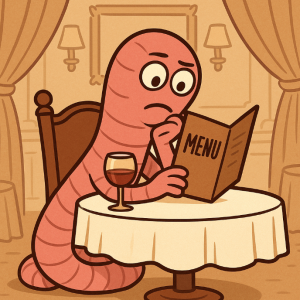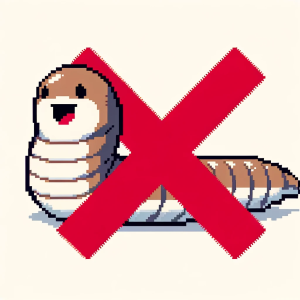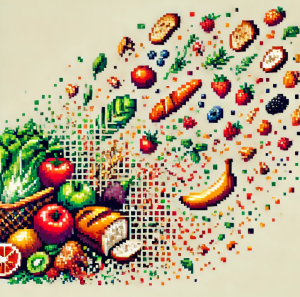
How Tiny Worms Could Improve Decision Science
Picture a worm crawling across a plate dotted with food. You’d expect it to stop at the first bite, right? Yet in a surprising twist, Caenorhabditis elegans—a millimeter-long nematode with just 302 neurons—often walks right past its dinner. Why? Because even worms run complex “accept–reject” strategies when making decisions.
Everyday Choices, Worm-Sized Lessons
In Nigeria, a farmer choosing which field to plant waits for signs of rain before making a decision. In Brazil, a street vendor decides whether to set up shop in one plaza or another. In India, a student scrolling through job ads skips most before applying to just one. Each faces the same challenge: explore options or exploit the first available resource.
This balancing act—searching versus settling—shapes decisions across species and cultures. The new research from the Salk Institute shows that C. elegans use remarkably similar strategies when foraging for bacteria. That makes these worms powerful models for understanding decision-making itself.
From Worm Plates to Human Insight
Haley and colleagues designed arenas dotted with tiny bacterial patches. Instead of diving into the first patch they found, worms often kept exploring—rejecting food multiple times before settling down.
Think of it like shopping for fruit. If you walk into a market and the first mango looks unripe, you might pass it by, hoping for better. Worms, it turns out, do the same thing—assessing patch density and delaying gratification.
The researchers observed that worms eventually switched strategies: at first, they explored, but over time, they exploited. This “explore-then-exploit” pattern depended on three key factors:
- Current food density – richer patches were more attractive.
- Satiety level – hungry worms took fewer risks.
- Recent experience – past encounters shaped future expectations.
The “Aha!” in the Data
The breakthrough came when the team used mathematical models to capture worm behavior. They showed that worms don’t just act randomly; each choice reflected a learned comparison between “what’s here” and “what I’ve seen before.”
In fact, worms deprived of food beforehand skipped exploration entirely—they exploited immediately. Even genetic mutants lacking key sensory neurons behaved differently: without certain chemical sensors, worms accepted patches by default, as if they couldn’t judge quality.
This was the first clear evidence that C. elegans use accept–reject decision-making, a concept familiar in economics and human psychology but rarely proven in such a simple organism.
Why Should We Care?
At first glance, studying worms may seem like a niche curiosity. But the implications ripple outward.
- For neuroscience: If a 302-neuron system can integrate sensory input, memory, and internal states to make adaptive decisions, what principles might carry over to more complex brains?
- For AI design: Worm logic mirrors algorithms that balance exploration and exploitation—the same trade-offs used in machine learning.
- For resource management: From rural farmers rationing seeds to urban planners deciding where to invest in infrastructure, the “explore vs. exploit” dilemma is universal. Seeing it play out in worms helps us frame strategies in simple, testable ways.
A Twist in the Tale
Here’s the kicker: worms sometimes rejected the same food patch ten times before finally settling on it. Imagine visiting the same stall at a market, ignoring it repeatedly, then finally buying from it anyway. This behavior suggests worms build an expectation of “what’s possible” in their environment and adjust decisions as reality sets in.
That’s not just instinct—it’s flexible, adaptive learning.
Where Science Meets Daily Life
The study highlights that decision-making, even in tiny brains, is not mechanical. It’s contextual, shaped by history and hunger. If worms can do this, what does it mean for us?
- Should hospitals rethink how patients weigh treatment options after repeated consultations?
- Could AI systems better mimic biological efficiency by tracking “recent disappointments” as worms do?
- Might education strategies in resource-limited settings benefit from encouraging “explore-then-exploit” approaches, balancing trial with commitment?
Let’s Explore Together
The next time you skip a food stall, swipe past a job listing, or choose one app over another, remember: even a worm is weighing options with surprising sophistication.
Now it’s your turn:
- Could this worm-inspired decision model apply in your field or community?
- If you were part of the research team, what would you test next—different food types, harsher environments, or social foraging?
- What everyday choice in your life feels most like the “accept–reject” puzzle?
Decision science isn’t just about humans in labs. It’s about worms on agar plates, farmers in fields, and all of us navigating a patchy world.



